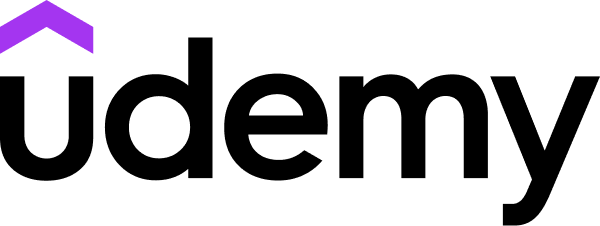Overview
Big data is transforming the health care industry relative to improving quality of care and reducing costs--key objectives for most organizations. Employers are desperately searching for professionals who have the ability to extract, analyze, and interpret data from patient health records, insurance claims, financial records, and more to tell a compelling and actionable story using health care data analytics.
The course begins with a study of key components of the U.S. health care system as they relate to data and analytics. While we will be looking through a U.S. lens, the topics will be familiar to global learners, who will be invited to compare/contrast with their country's system.
With that essential industry context, we'll explore the role of health informatics and health information technology in evidence-based medicine, population health, clinical process improvement, and consumer health.
Using that as a foundation, we'll outline the components of a successful data analytics program in health care, establishing a "virtuous cycle" of data quality and standardization required for clinical improvement and innovation.
The course culminates in a study of how visualizations harness data to tell a powerful, actionable story. We'll build an awareness of visualization tools and their features, as well as gain familiarity with various analytic tools.
Syllabus
Module 1: Introduction to Health Care
Components of Health Care
Stakeholders
Care Settings
Financing
Public Health
Regulatory/Research
Challenges and Opportunities
The Triple Aim
Quality and Cos
Patient Experience/Access
Systems Approach
Evidence-Based Medicine
Quality Improvement
Value-Based Reimbursement
Health Care Trends
Demographics/Population Health
Consumerism/Personalized Medicine
Emerging Trends in Health Care
Module 2: Introduction to Health Informatics
Overview of Health IT
What is Health Informatics?
How Health Informatics Supports Triple Aim
Health IT Systems and Components
EMR/EHR Modules and Ancillary Data Systems
Enterprise Systems vs. Best of Breed
Structured Versus Unstructured Data
EHR Adoption
EHR Regulations
Barriers to EHR Adoption
Interoperability and HIT Standards
Health IT Standards
Data Exchange
Clinical Decision Support
HIPAA Security
Public Health IT and Consumer Engagement
Module 3: Introduction to Data Analytics
Data Terms and Concepts
Why Data Analytics?
Virtuous Cycle in Analytics
Data Terminology
Big Data Terminology
Getting Data Ready for Analysis
Considerations Before Analyzing
Integrating Data Across Data Sets
Data Governance, Privacy, and Security
Data Governance Within the Organization
Patient Identification
Regulatory Considerations and Data Security
Analysis with Artificial Intelligence
Machine Learning in Health Care
Natural Language Processing in Health Care
Making Data Usable to Others
Finalizing Data for Analysis
Communicating Data
Module 4: Introduction to Visualizations
Value of Visualization
Visualization Best Practices
What Not to Do
Types Based on Use Case
Visualizations of Complex Data
Dashboard Design
Analyzing Visuals
Exploratory vs. Explanatory Visualization
Quantitative vs. Qualitative Visualization
Uses in Health Care
Tools for Analysis and Visualization
Gartner Software Benchmarking
Current Tools




